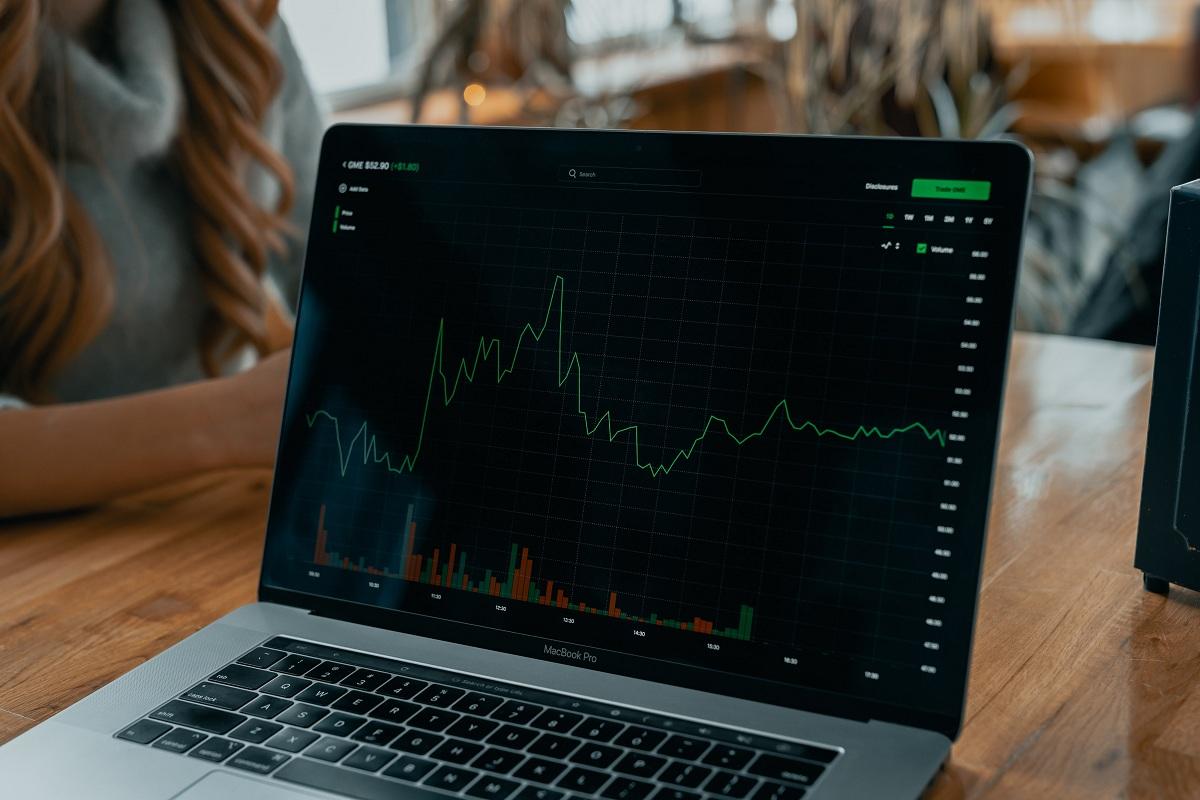How To Use the Yield Curve To Inform Your Investment Decisions
The yield curve, an important economic barometer, can help investors adjust their portfolios to see maximum gains or reduce risks.
March 18 2022, Published 6:05 a.m. ET

If you knew that an economic downturn was around the corner, you'd likely want to avoid high-risk investments. And you might have a better idea of what's in the cards for the economy if you understand how the yield curve works.
You’ll hear a lot about yields in relation to bonds. Although bond investing isn’t Warren Buffett’s favorite, there are situations when it makes sense to have some bond exposure. By studying yield curves, you can use signals from the bond market to inform your investment decisions.
What’s a yield curve?
In bonds, the yield is the interest an investor demands from lending their money to the government or a company. Yields on bonds vary depending on how long investors will need to wait to get their money back. Normally, the longer that takes (and the more risk investors take on), the higher the yield.

Therefore, a yield curve is a graphic representation of interest on bonds with varying maturities. It's plotted on a graph with the yield or interest on the vertical axis and maturity on the horizontal axis.
The types of yield curves, explained
Yield curves can be normal, inverted, or flat. A normal yield curve, the most common shape, slopes upward. This type of curve shows that longer-term bonds are offering higher interest rates than shorter-term bonds, suggesting that investors expect an economic boom.
Meanwhile, an inverted yield curve shows that shorter-term bonds are offering higher interest rates than longer-term bonds. This shape, which has predicted recessions, implies that investors fear that an economic downturn is coming.
Finally, a flat yield curve emerges when bonds with varying maturities have similar interest rates. This curve shape suggests uncertainty, with investors expecting a shift from an economic boom to a downturn. As yield curves also influence how banks set loan, credit card, and mortgage rates, banks may tighten their lending requirements and make access to credit difficult when the curve is flat.
How investors can use yield curves
Yield curves can be important economic barometers for investors. Studying curves can help you maximize your returns in a coming economic boom or take shelter before a downturn hits you.
For example, if the shape is normal and signals an economic boom, it may be a great time to get more exposure to growth stocks or other higher-risk investments. And if the curve is inverted and suggests a coming downturn, it may be a great time to take shelter in value stocks.
